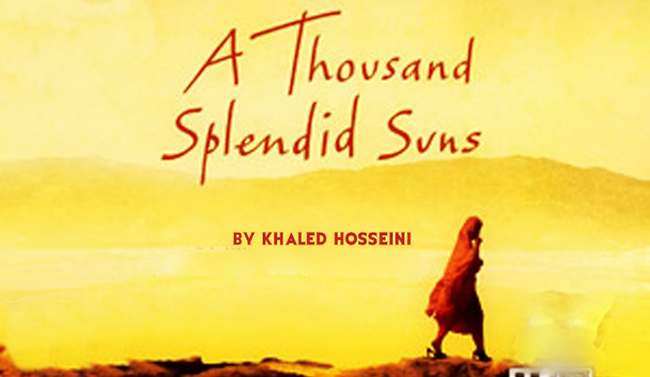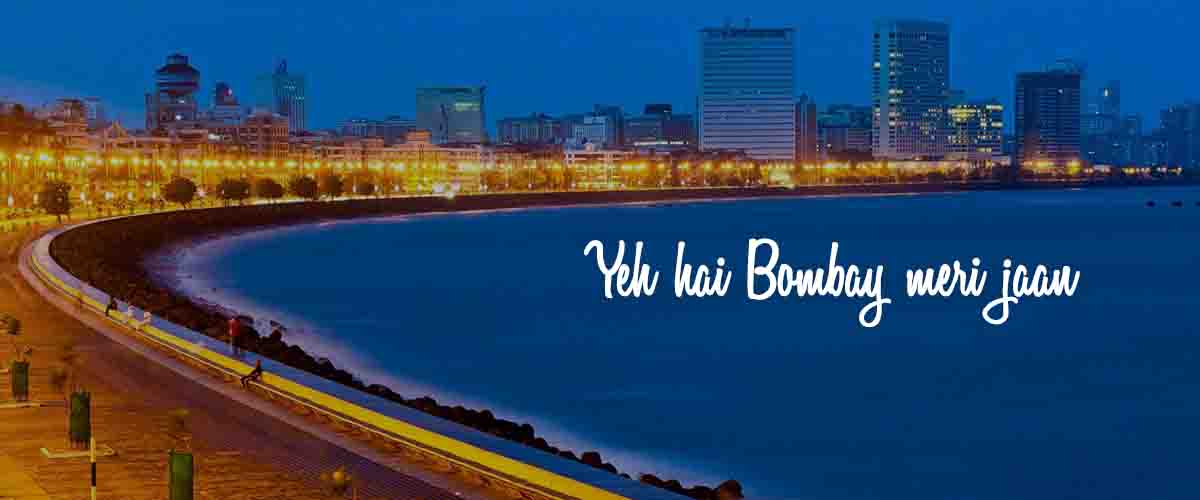Finished reading Thousand splendid suns. The story spans roughly over 3 decades. It’s story of hope, humanity, compassion, empathy and spirit of humans. The 2 main characters are Mariam and Laila. 2 women, generations apart, whose life cross as they become wives of same man under different circumstances but not happily in either case. Yet its a story of how…
Month: March 2016
Walk by the Bay
An amaranthine city leaving its mark amatively. City of dreams now may sound old, yet it’s a city that never sleeps. I like to call “Bombay” more than “Mumbai. The charm of South Bombay is mesmerizing. You may love the new developments in Mumbai, yet, there’s love for old buildings in South Bombay. Malls are overrated, it still can’t beat…
Gulaab gang and management
Movies and Cricket are most common form of entertainment in India. Why not learn something from there? I saw movie Gulaab Gang this Sunday(first time), though i missed initial 45 mins of the movie. Movie had very interesting lessons from the management perspective: 1. “NO” is not no but “Next Option”: When Madhuri and Juhi meet first time, madhuri handovers…


